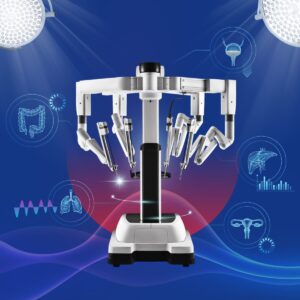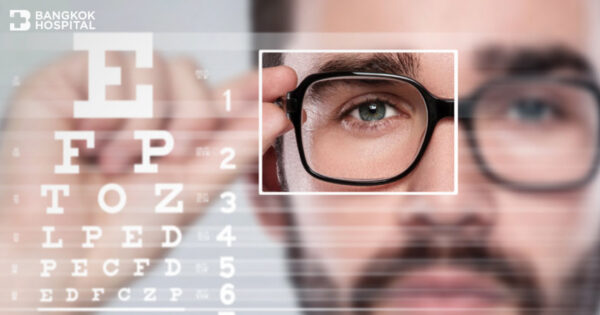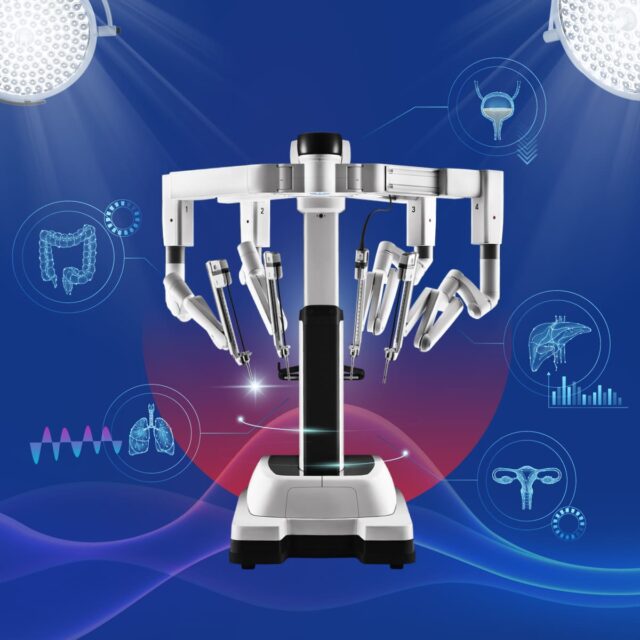Our eyes have an automatic focusing system which adjusts the lens inside the eyes in order to see things clearly at all distances. When looking far away, up close and back again, the eyes are able to change focus at a rapid pace to keep the objects clear in our vision at close and long distance.
The eye focuses light in a similar way to magnifying glass when it is used to concentrate the sun’s rays onto a piece of paper. The distance from the magnifying lens to the piece of paper is the focal length. The bending of light mostly takes place as it enters the cornea and the aqueous fluid. This bending occurs due to the curve of the cornea as well as the change in refractive index as light moves from air into the cornea and the aqueous fluid between the cornea and the iris. Behind the aqueous fluid is the crystalline lens system which consists of a soft and pliable convex lens. The ciliary muscle is a circular ring of muscle that attaches all the way around this lens. This ciliary muscle can change the shape of the crystalline lens by stretching it at the edges. It is attached to the lens by ligament fibers that can be tight or loose. When looking at a near object, autonomic nervous system regulates the ciliary muscle to contract, allowing the lens to become more rounded at the central surface in order to focus the light rays and see a near object clearly. This causes the lens to form a more spherical shape achieving a higher level of refractive power. On the contrary, relaxation of the ciliary muscle can flatten the lens, resulting in an increased long range focus for far-away objects.
Presbyopia is a condition associated with an advancing age that results in progressively worsening ability to focus clearly on close objects. Presbyopia often affects people aged above 40 years old. Regarding aging, the two main reasons for this to happen are a reduction of the ciliary muscle functionality and a hardening of the crystalline lens. As a result, the shape of the lens fails to be properly adjusted and the high level of refractive power for seeing close objects does bot happen, leading to blurred vision. However, presbyopia mainly affects an ability to focus on nearby objects, whereas ability to see far-away objects is not usually impaired. Despite presbyopia is a natural change in the eyes as people age, it often is a significant problem that largely interferes with daily life and activities.
Relevant symptoms of presbyopia
Presbyopia develops gradually. Common signs and symptoms after age 40 include:
- Blurred vision at normal reading distance (approximately 30 cm.) A tendency to hold reading material further away to make the letters clearer and readable.
- Eyestrain or headaches after reading or doing close-up work.
- In case of having nearsightedness or myopia, glasses need to be removed in order to see a near object clearer.
Treatments of presbyopia
Presbyopia is diagnosed by an eye health exam and a refraction assessment. During a refraction assessment, an ophthalmologist may use various instruments and several lenses to test distance and close-up vision. The goal of treatment aims to compensate for the inability of the eyes to focus on nearby objects. Based on individual’s conditions, treatment options for presbyopia include wearing corrective eyeglasses (spectacle lenses), wearing contact lenses and undergoing refractive surgery (LASIK).
-
Corrective eyeglasses
Eyeglasses are a simple, safe way to correct vision problems caused by presbyopia. Principally, corrective eyeglasses for presbyopia consist of lenses with added magnifying power to compensate an inability to see close objects.
For patients without previous vision problems, eyeglasses for farsightedness with prescription of magnifying lenses should be worn while reading or looking at close objects. They need to be removed when they are not needed.
For patients with existing vision problems, such as nearsightedness, farsightedness or astigmatism, if you have already worn corrective eyeglasses for farsightedness but they are not improving your vision while looking at close objects, recommendations are:
- Wearing another corrective eyeglasses for nearsightedness. However, it might be inconvenient since 2 eyeglasses need to be worn alternatively, causing headache and eye fatigue.
- Wearing corrective eyeglasses with bifocal lenses. These lenses have a visible horizontal line that separates distance prescription, above the line and reading prescription, below the line.
- Wearing trifocals or progressive lenses. Glasses with trifocal lenses have corrections for close-up work (such as reading), middle distance vision (such as for computer screens) and distance vision. Trifocals come with two visible horizontal lines in the lenses. Whereas glasses with progressive lenses (or multifocal lenses) have no visible horizontal lines, but multiple powers for distance, middle distance and close-up corrections. Different areas of the lens have different focusing strengths, thus objects can be clearly seen at any distance while wearing these eyeglasses.
- In case of having nearsightedness, the previous prescribed corrective eyeglasses for long distance can be also used. If blurred vision happens when looking at close objects, removal of reading glasses might help since people with nearsightedness do not have vision issues while looking at nearby distance.
-
Corrective contact lenses
Wearing contact lenses is an alternative option for people who do not want to wear eyeglasses to improve their vision problems caused by presbyopia. This option may not work properly if there are certain conditions related to eyelids, tear ducts or the surfaces of the eyes such as dry eyes. Several lens types to correct presbyopia are available, including:
- Bifocal and multifocal contact lenses. Both bifocal and multifocal contact lenses are designed to provide clear vision at all distances for people who have presbyopia. Bifocal contacts lenses have two prescriptions in the same lens whereas multifocal contact lenses have a range of powers (similar to progressive eyeglass lenses) in each lens.
- Monovision contact lenses. With monovision contacts, a contact lens for distance vision is worn in one eye (usually dominant eye) and a contact lens for close-up vision is worn in the other eye. With modified monovision, a bifocal or multifocal contact lens is worn in one eye and a contact lens set for distance in the other (usually dominant eye). The patients use both eyes for distance and one eye for reading.
-
Refractive surgery: LASIK
LASIK (Laser-assisted in situ keratomileusis) is a refractive surgery that changes the shape of the cornea. To treat presbyopia, LASIK can be conducted to improve close-up vision in non-dominant eye which is similar to wear monovision contact lenses.
If only presbyopia presents without other vision problems
- LASIK with monovision correction in non-dominant eye can be performed. During this procedure, an ophthalmologist makes a thin, hinged flap deeper into the cornea. Then a laser is used to remove inner layers of the cornea to steepen its domed shape. Due to the advancements in optical technology, Laser Blended Vision is a relatively new treatment for presbyopia as an upgrade on monovision. Laser Blended Vision uses laser eye surgery to treat one eye for distance vision and the other for close-up distances. After surgery, both laser-corrected eyes will work together. With the use of the MEL® 80 laser from ZEISS which is internally accepted as the newest laser technology, superior benefit obtained from Laser Blended Vision Program is a wider range of vision for each eye. As a result, patients are able to clearly see objects at distance, middle distance and close-up. As time goes by, the brain will gradually get used to the new ways in which the eyes are focusing. Depending on individual’s conditions, some people may experience perfect vision in a week following surgery, while others may take 1 month or longer for the full benefits. In addition, Laser Blended Vision causes less of a dramatic change for the brain to get used to it, thus the period of adjustment is usually much shorter than monovision approach.
If presbyopia presents with other previous vision problems, such as nearsightedness, congenital farsightedness or astigmatism
Different options are available, depending on individual’s preferences, including:
- LASIK with monovision approach or Laser Blended Vision program to improve near and middle-distance vision in non-dominant eye and distance vision in dominant eye.
- LASIK to correct nearsightedness, congenital farsightedness or astigmatism without the correction of presbyopia. After LASIK, patients can get a better distance vision but reading eyeglasses are still needed.
Myth and fact about people with farsightedness
Myth: Does wearing ready glasses worsen farsightedness ?
Fact: No, it does not. In fact, farsightedness is normally associated with increasing age. Since wearing glasses actually helps strengthening eye muscle not to work excessively, therefore, wearing glasses can reduce eye fatigue.
Presbyopia might substantially daily life if left untreated. If blurry close-up vision is keeping you from reading, doing close-up work or enjoying other normal activities, seeking medical assistance is highly recommended in order to receive appropriate treatments and follow-ups.













